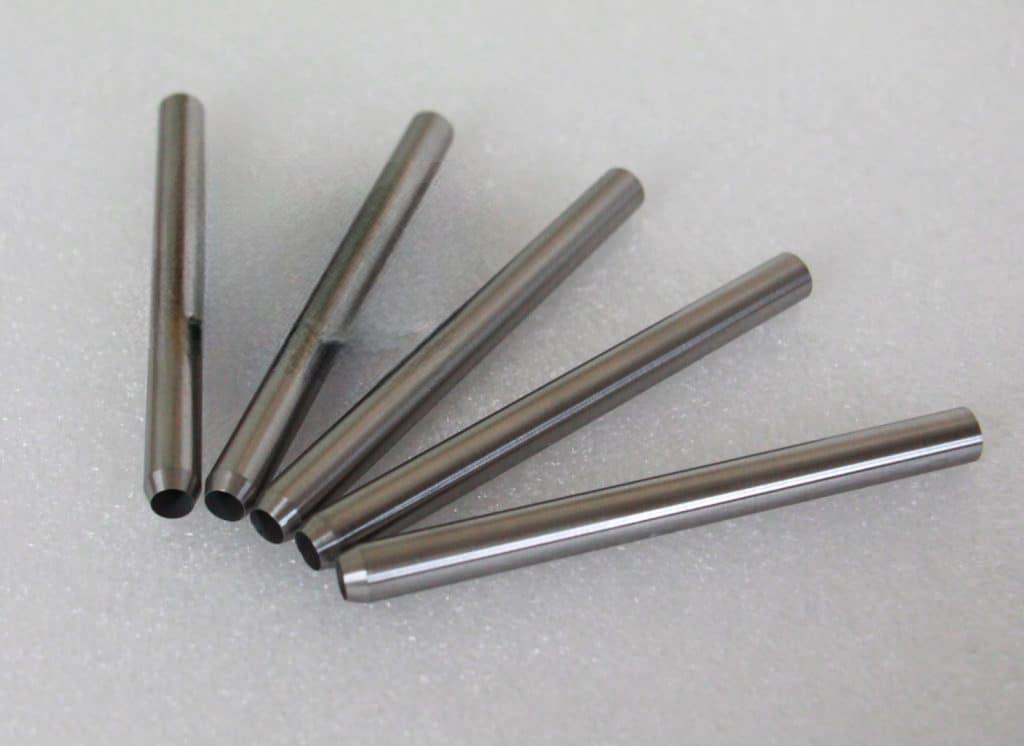Tungsten tubes are making waves in the world of modern engineering. With their exceptional durability, high melting points, and remarkable resistance to corrosion, tungsten tubes have become indispensable in various industries. But what does the future hold for these robust components?
Table of contents:
How Advanced Manufacturing Techniques Are Shaping the Future of Tungsten Tubes
The Role of Sustainability and Recycling in Tungsten Tube Production
How Tungsten Tubes Are Evolving to Meet the Demands of Modern Engineering
How are technological advancements and trends shaping their production and application? This blog post aims to explore the evolving landscape of tungsten tubes, shedding light on advanced manufacturing techniques, the role of sustainability, and how these tubes are meeting the demands of modern engineering.
How Advanced Manufacturing Techniques Are Shaping the Future of Tungsten Tubes
The manufacturing of tungsten tubes is undergoing a significant transformation thanks to advanced techniques. Traditional methods like powder metallurgy and sintering are being complemented, if not replaced, by cutting-edge technologies such as additive manufacturing and laser machining. Additive manufacturing, allows for the creation of complex geometries that were previously impossible to achieve. This not only enhances the functionality of tungsten tubes but also reduces material waste, making the process more efficient. Laser machining, on the other hand, offers unparalleled precision, ensuring that each tube meets stringent quality standards. These advancements are enabling manufacturers to produce high-precision, customized tungsten tubes that cater to specific industrial needs. For instance, Non-Ferrous Crucible Inc. (ETI), a leading tungsten tube manufacturer, leverages these technologies to offer high-quality, customizable solutions that meet the unique requirements of their clients.

The Role of Sustainability and Recycling in Tungsten Tube Production
Sustainability is becoming a crucial factor in the production of tungsten tubes. The mining and processing of tungsten can have significant environmental impacts, making it imperative for manufacturers to adopt sustainable practices. One of the key trends in this area is the increasing focus on recycling. Tungsten is highly recyclable, and initiatives to recover and reuse tungsten from end-of-life products are gaining momentum. This not only reduces the environmental footprint of tungsten production but also ensures a more sustainable supply chain. By incorporating recycled tungsten into their manufacturing processes, companies like Non-Ferrous Crucible Inc. (ETI) are setting new standards for sustainability in the industry.Another important aspect of sustainability in tungsten tube production is the development of eco-friendly manufacturing processes. Advanced manufacturing techniques, as discussed earlier, play a significant role in this regard. For example, additive manufacturing and laser machining not only enhance precision and performance but also reduce material waste and energy consumption.
How Tungsten Tubes Are Evolving to Meet the Demands of Modern Engineering
Modern engineering demands components that can withstand extreme conditions and perform reliably over extended periods. Tungsten tubes, with their exceptional properties, are well-suited to meet these demands. However, the evolving needs of various industries are driving further innovation in tungsten tube design and application. For instance, the aerospace industry requires lightweight yet durable materials for components subjected to high temperatures and stress. Advances in composite materials and coatings are enabling the development of tungsten tubes that meet these stringent requirements without compromising performance. Similarly, in the medical field, tungsten tubes are being used in radiation shielding and advanced imaging technologies, where precision and reliability are paramount.The adaptability of tungsten tubes to various applications is another factor contributing to their evolution. For example, in the electronics industry, where miniaturization and high performance are critical, tungsten tubes are being developed with precise dimensions and enhanced electrical properties.
The future of tungsten tubes looks promising, with advanced manufacturing techniques, sustainability initiatives, and evolving applications driving their growth. These trends are not only enhancing the performance and reliability of tungsten tubes but also ensuring that their production is environmentally responsible and aligned with modern engineering demands. For businesses looking to stay ahead in their respective industries, partnering with a reputable tungsten tube manufacturer like Non-Ferrous Crucible Inc. (ETI) can provide access to high-quality, customizable solutions that meet the unique needs of their applications. As we look to the future, the continued innovation and development in tungsten tube technology will undoubtedly play a crucial role in advancing various fields of engineering and technology.
